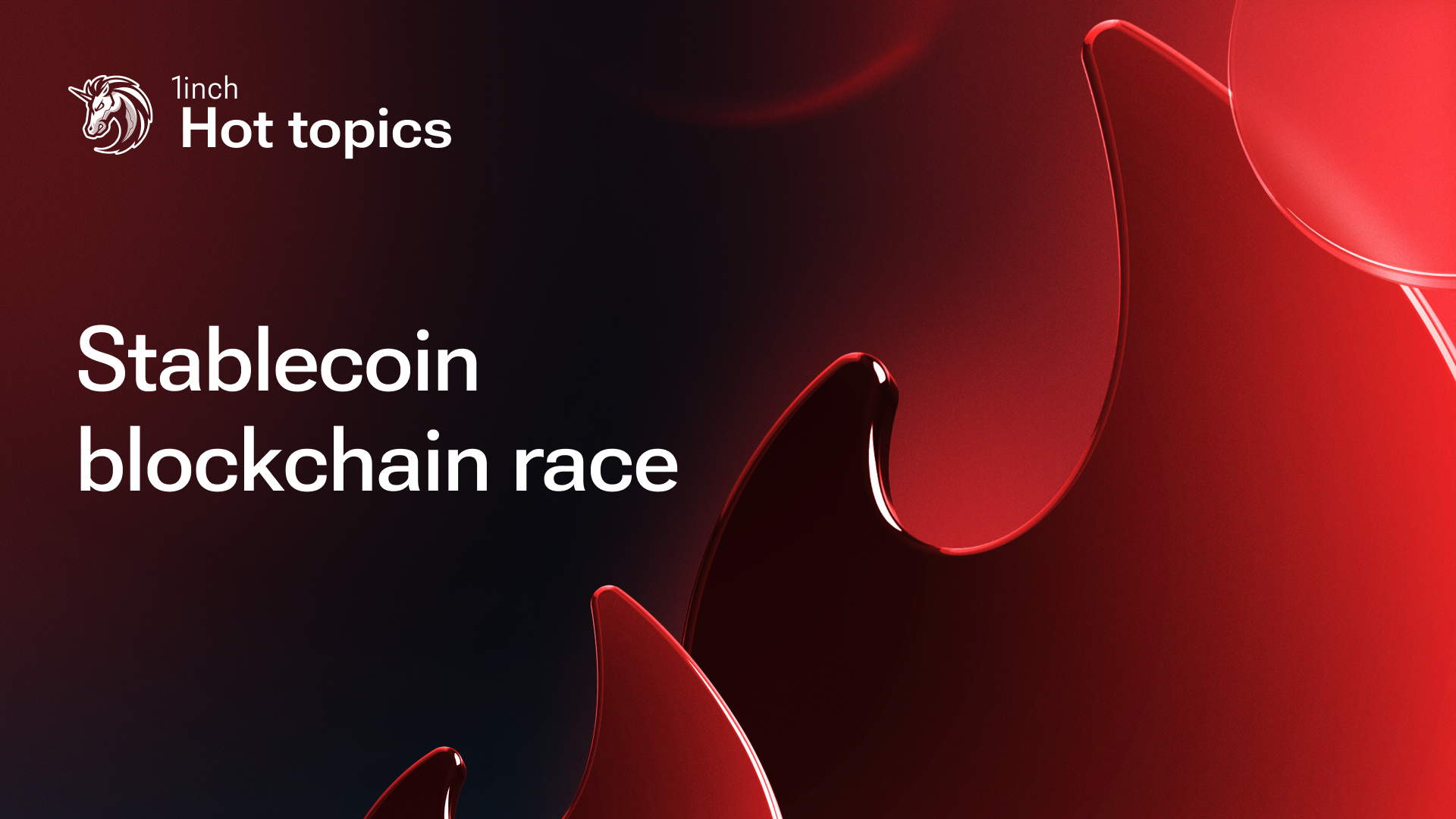DePINs: blockchain to build real-world infrastructure

By decentralizing physical infrastructure, DePIN reimagines how systems are built, secured and governed by putting control in the hands of communities.
DePIN, or Decentralized Physical Infrastructure Networks, aim to reshape how physical infrastructure is built, managed and accessed by integrating blockchain technology with real-world systems. These networks introduce new possibilities for decentralized, transparent and community-driven public goods.
What is DePIN?
DePIN, or Decentralized Physical Infrastructure Networks, connect systems like wireless networks, storage infrastructure and energy grids to blockchain networks. Rather than being built and controlled by centralized entities, DePINs allow individuals and communities to contribute resources like bandwidth, computing power and energy, earning token rewards in return.
By decentralizing ownership and governance, DePIN introduces greater transparency, resilience and efficiency. It aligns incentives for users and contributors, enabling shared control and mutual benefit. DePIN marks a shift from monopolized infrastructure models to open ecosystems.
How DePIN works
At the heart of DePIN are smart contracts and token-based incentives that coordinate decentralized infrastructure:
- Smart contracts handle automation – facilitating secure transactions, tracking service usage and distributing rewards without intermediaries.
- Tokenization enables contributors to convert physical resources into digital value, at the same time as granting access rights, usage permissions and participation in governance.
- Distributed architecture replaces centralized control with collaborative networks of users who operate the physical infrastructure together.
Participants can provide services using devices such as sensors, storage units, or wireless hotspots. In return, they receive token rewards, which serve both as compensation and as a means of accessing services or participating in decision-making.
These systems support a wide range of real-world applications – from decentralized storage and wireless coverage to renewable energy distribution and real-time environmental monitoring. By decentralizing both control and incentive structures, DePIN promotes a more resilient, open and user-aligned model for infrastructure.
Types of DePINs
- Wireless Networks: These DePINs offer decentralized alternatives to traditional telecom infrastructure, enabling peer-to-peer connectivity for 5G, WiFi and IoT devices. Helium is a leading project in this space, allowing users to deploy wireless hotspots and earn tokens for providing coverage. Its recent expansion into mobile services positions it as a key player in decentralized connectivity.
- Storage Networks: Instead of relying on centralized cloud providers, DePIN-based storage networks distribute data across user-operated nodes, improving redundancy and censorship resistance. Filecoin is one of the most prominent platforms, rewarding participants for offering decentralized storage. Arweave focuses on permanent data storage - especially popular for archiving digital content - while Storj provides encrypted, user-friendly cloud storage powered by a global network of nodes.
- Computing Networks: These networks tap into underutilized GPU or CPU resources to power demanding tasks like rendering, machine learning, and hosting. Render Network stands out by enabling artists and developers to access distributed GPU power for 3D rendering and AI workloads, creating a more accessible and cost-effective alternative to centralized providers.
- Energy Networks: DePINs in this category focus on decentralized energy production, storage and distribution, often tied to renewable sources.Many emerging projects aim to enable local communities to manage microgrids powered by solar panels and batteries. These smart energy systems can optimize consumption, balance supply and demand, and promote sustainability through token-based incentives.
- Sensor Networks: By deploying distributed sensors and using blockchain for validation, these networks collect data on traffic, weather, mapping and environmental conditions.Hivemapper uses dashcams to crowdsource map data, rewarding drivers with tokens. Similarly, platforms like DIMO collect vehicle data to support decentralized mobility and connected car ecosystems.
- Edge Infrastructure & Hosting: These networks offer decentralized alternatives to traditional cloud and content delivery services by distributing computing and storage closer to users. Akash Network allows developers to deploy applications on a decentralized cloud, reducing costs and reliance on major providers. Projects in this space support greater resilience and autonomy for digital infrastructure.
Advantages of DePINs
DePINs offer a more open and inclusive approach to building and maintaining physical infrastructure. By removing centralized intermediaries, they reduce entry barriers and allow individuals to contribute resources - such as bandwidth, storage or energy - in exchange for token incentives. This decentralized model can lead to cost savings, increased transparency, and improved resilience, as systems are not reliant on a single point of failure. Token-based incentives align user behavior with network growth, helping to bootstrap infrastructure in underserved areas and create community-driven ecosystems.
Challenges and limitations
Despite their potential, DePINs face several challenges. Regulatory uncertainty can pose a risk, especially in sectors like energy or telecommunications, where physical infrastructure is tightly governed. Technical complexity and hardware requirements may limit participation to more tech-savvy users, potentially slowing adoption. Additionally, coordinating decentralized contributors and ensuring service quality across a distributed network can be difficult without strong governance models. Token incentives, if not well-designed, may lead to short-term speculation rather than long-term sustainability.
Stay tuned for more insights from 1inch as we explore the latest trends in DeFi!




























